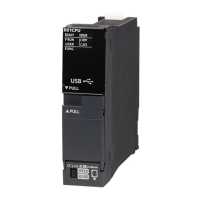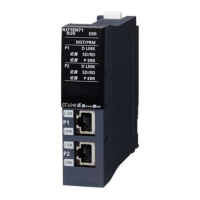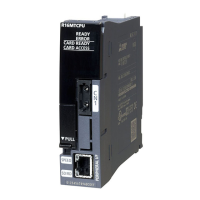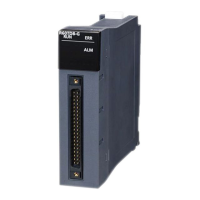
Do you have a question about the Mitsubishi Electric MELSEC iQ-R04CPU and is the answer not in the manual?
| Brand | Mitsubishi Electric |
|---|---|
| Model | MELSEC iQ-R04CPU |
| Category | Controller |
| Language | English |
Configure safety circuits external to the PLC to ensure safe system operation even during faults.
Describes connecting Ethernet-equipped modules, MELSOFT products, and GOTs via Ethernet for programming and monitoring.
Details using a Web browser to read/write device data from/to the CPU module, creating custom web pages.
Explains methods for structuring secure network environments by restricting access via communication paths to the CPU module.
Enhances system reliability by mounting RJ71EN71s on base units for continuous communication during errors or disconnections.
Outlines the process of adding modules, setting basic and application parameters, and writing settings to the CPU module.
Covers own node settings, CC-Link IEF Basic settings, and external device configuration for the Ethernet-equipped module.
Explains how to interpret the status of the RUN and ERR LEDs to determine error conditions and potential causes.
Details how to check module status using the "Module Diagnostics" window, including error information, list, and supplementary functions.
Describes how to check communication status using Ethernet diagnostics, PING tests, and communication status tests.
Provides guidance on troubleshooting common communication issues based on specific symptoms and related check items.
Lists error codes, their details and causes, and recommended actions for resolving communication errors.












